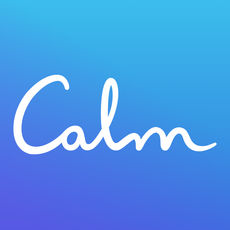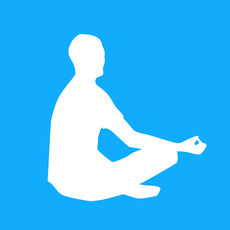MINDFULNESS
Toolbox
WHAT IS MINDFULNESS?
“Mindfulness is the awareness that arises from paying attention on purpose, in the present moment and non-judgmentally” (J. Kabat-Zinn).
Improved well-being
- Lower stress levels
- Increased resilience
- Improved sleep
Better work performance
- Improved concentration
- Increased efficiency
- Clearer decision making
- Better priority management
- Improved creativity
- Better problem solving
Improved interpersonal relationships
- Effective communication
- Improved collaboration
- Better listening
- More tolerance













